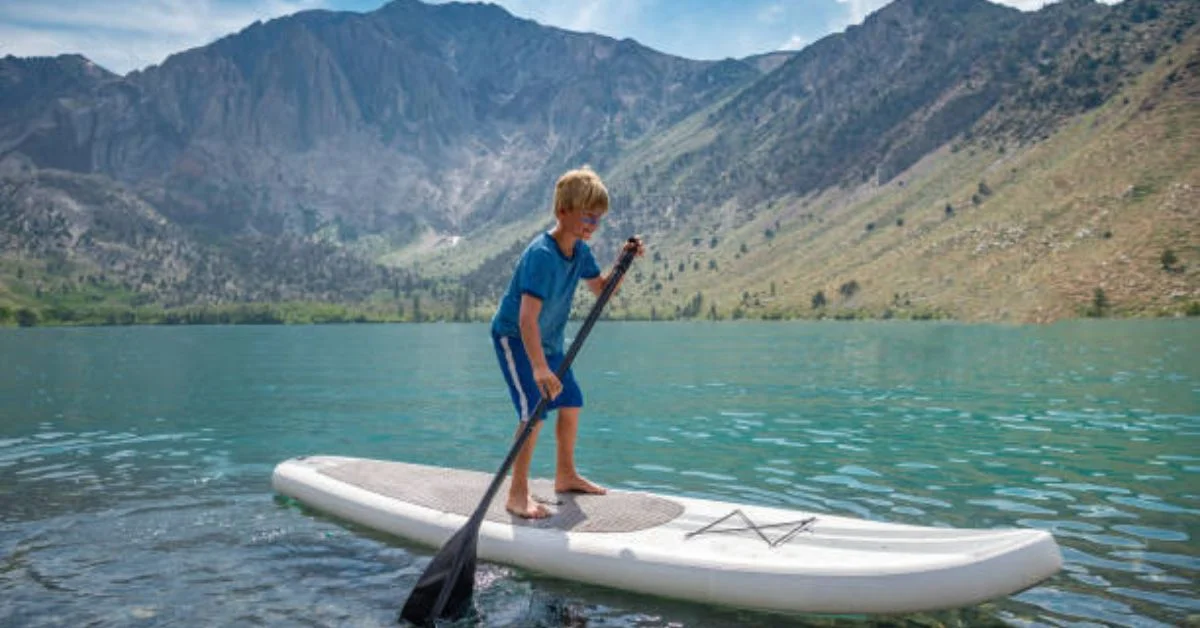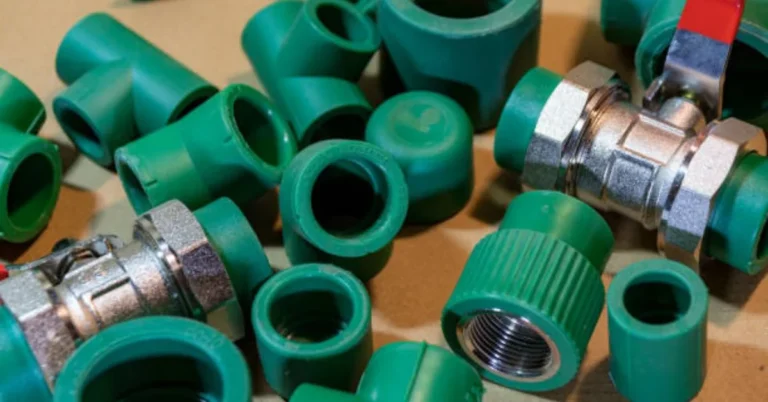
Stand up paddle boarding, often referred to simply as SUP, has emerged as one of the fastest-growing water sports in the world. Its appeal lies in its versatility — you can paddle leisurely on a calm lake, ride ocean waves, or even practice yoga in the middle of a serene bay. Among the many types of boards available, the white stand up paddle board holds a special place for both aesthetic and practical reasons. Its clean, bright look is timeless, but beyond beauty, the choice of a white board can influence visibility, temperature regulation, and even the mood of your paddling experience.
This comprehensive guide dives deep into every aspect of owning and enjoying a white stand up paddle board. We will explore what makes this style of board unique, the different materials and designs available, how to choose the right one for your needs, the nuances of maintenance, and techniques for maximizing both performance and longevity. Whether you are new to paddle boarding or a seasoned paddler looking to upgrade your gear, understanding the finer points of a white SUP will help you make a confident, informed decision.
1. The Allure of the White Stand Up Paddle Board
Color plays a surprisingly important role in the world of paddle boards. While boards come in all shades and patterns, a white stand up paddle board offers certain distinct advantages. The bright, reflective surface makes it stand out on the water, improving safety by increasing your visibility to other paddlers, swimmers, and boaters.
From an aesthetic perspective, white conveys a sense of cleanliness, simplicity, and timeless design. It also pairs easily with almost any paddle, leash, or gear color. Many brands opt for white boards when they want to project a premium or minimalist look.
On a practical level, white reflects sunlight better than darker colors. This can reduce heat absorption, which is beneficial in hot climates — particularly for inflatable SUPs where excess heat can affect air pressure. While a white surface may show dirt or scuffs more readily than darker tones, regular cleaning keeps it looking fresh.
2. Types of White Stand Up Paddle Boards
White SUPs come in various constructions, each with different performance characteristics and intended uses. The main categories include:
a) Inflatable White SUPs (iSUPs)
Inflatable boards are constructed from durable drop-stitch PVC material, which allows them to be inflated to high pressures for rigidity. They are lightweight, portable, and easy to store — ideal for those without much storage space or who travel frequently. Inflatable white SUPs often have reinforced rails and textured deck pads for stability.
b) Solid (Rigid) White SUPs
Solid boards are typically made from fiberglass, epoxy, carbon fiber, or a combination of these materials. They offer excellent performance, glide, and responsiveness, making them a top choice for more serious paddlers. Solid boards often feature a foam core for buoyancy and can have a sleeker shape for speed or maneuverability.
c) Specialized White SUPs
Some white boards are designed specifically for yoga, fishing, or racing. Yoga SUPs are usually wider for stability, fishing SUPs have mounts for rods and coolers, and racing SUPs have narrow, streamlined shapes for speed.
3. Choosing the Right White SUP for Your Needs
Selecting a paddle board involves more than just picking a color you like — although with a white SUP, you’ve already chosen an elegant, functional tone. You should also consider size, shape, and intended use.
Board Length
- Short Boards (under 10 feet) are more maneuverable, making them great for surfing or tight areas.
- Medium Boards (10–12 feet) offer a balance of speed and stability, suitable for most recreational paddling.
- Long Boards (12–14 feet) are faster and track straighter, ideal for touring and racing.
Board Width
- Wider boards (32 inches or more) provide better stability, perfect for beginners or activities like yoga.
- Narrower boards (under 30 inches) are faster but require better balance.
Thickness
For inflatable boards, thickness influences rigidity and buoyancy. Six inches is standard for most adult paddlers, while thinner boards can suit lighter riders or specific uses.
Weight Capacity
Always check the weight rating, especially if you plan to carry gear or paddle with a child or pet.
Hull Type
- Planing Hulls are flat and wide, good for stability and general use.
- Displacement Hulls have a pointed nose, cutting through the water for more efficient long-distance paddling.
4. Advantages of a White SUP in Different Environments
A white stand up paddle board adapts well to a range of conditions and settings.
On Lakes and Calm Waters
The reflective white color enhances visibility against darker water, which can be an added safety benefit. The calmer environment also keeps the board cleaner for longer.
On the Ocean
White boards resist heat buildup under the intense sun, keeping deck temperatures more comfortable for your feet. The color can also make you easier to spot in open water, which is important in busy or remote coastal areas.
In Rivers
While white boards may show more marks from rocks or debris, they are still functional for river paddling, particularly if you choose a durable inflatable model.
5. Maintenance and Care for a White SUP
One of the trade-offs of owning a white paddle board is that it will reveal dirt, algae, and marks more easily than darker boards. This is not a drawback if you establish a consistent cleaning routine:
- Rinse After Every Use: Use fresh water to remove salt, sand, or dirt.
- Mild Soap for Deeper Cleans: Avoid harsh chemicals that may damage the surface or deck pad.
- Avoid Prolonged Sun Exposure: Even though white reflects sunlight, UV rays can still degrade materials over time. Store your board in a shaded or covered area.
- Check for Damage: For inflatable SUPs, inspect seams and valves; for solid boards, check for cracks or chips.
- Dry Before Storage: Prevent mold or mildew by ensuring the board is completely dry before storing it.
6. Accessories That Complement a White Paddle Board
A white SUP pairs beautifully with almost any accessory color, making customization easy. Consider:
- Adjustable Paddle: Choose lightweight carbon or aluminum with a blade size suited to your strength and paddling style.
- Leash: A coiled leash reduces drag in flat water; a straight leash is better for surf.
- PFD (Personal Flotation Device): Safety is essential. Modern PFDs are slim and comfortable for paddling.
- Deck Bag or Cooler: For longer outings, storage accessories keep gear secure and dry.
- Anchor Kit: Useful for SUP yoga or fishing to hold position in currents.
7. Safety Considerations for SUP Users
Regardless of color, safety should always be a priority:
- Always wear a leash to stay connected to your board.
- Use a PFD in accordance with local regulations.
- Be mindful of weather and water conditions before heading out.
- Keep hydrated and wear sunscreen — UV reflection from the water can be intense.
- If paddling in busy waterways, stay visible and follow right-of-way rules.
8. Performance Tips for Paddling a White SUP
Once you have the right board, technique matters:
- Stance: Keep feet parallel and hip-width apart for stability.
- Paddle Grip: Hold the paddle with one hand on the top handle and the other a comfortable distance down the shaft.
- Stroke Technique: Engage your core and keep strokes vertical for efficient movement.
- Turning: Use sweep strokes for wide turns or step-back turns for faster changes in direction.
9. The Longevity of a White SUP
With proper care, a high-quality white SUP can last many years. Inflatable boards can remain functional for 5–10 years, while solid boards may last even longer if kept free from major damage. Regular maintenance and mindful storage are key factors in longevity.
Conclusion
A white stand up paddle board is more than just an elegant-looking piece of equipment; it’s a versatile, functional choice for paddlers of all skill levels. Its brightness offers visibility and comfort in sunny conditions, while its neutral tone matches effortlessly with any gear. Whether you choose inflatable or solid, prioritize proper preparation, maintenance, and safe usage. In return, your board will serve you well for countless adventures on the water.
5 Frequently Asked Questions (FAQs)
1. Does a white paddle board get dirty easily?
Yes, white shows dirt and marks more easily, but regular rinsing and cleaning keep it looking new.
2. Is a white SUP better in hot climates?
Yes, white reflects sunlight better than dark colors, keeping the surface cooler in warm conditions.
3. Which is better: inflatable or solid white SUP?
It depends on your needs. Inflatable boards are more portable; solid boards offer better performance in some conditions.
4. How do I prevent scuffs on a white SUP?
Avoid dragging the board on rough surfaces and use protective bags during transport.
5. Can I use a white SUP for all paddle board activities?
Yes, with the right size and shape, a white SUP can be used for touring, yoga, surfing, or casual paddling.
For more information, click here.





